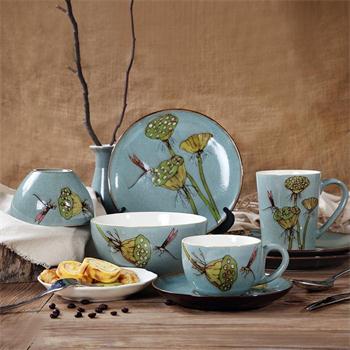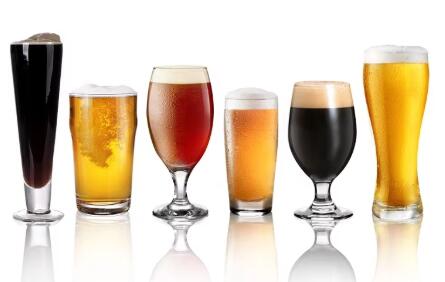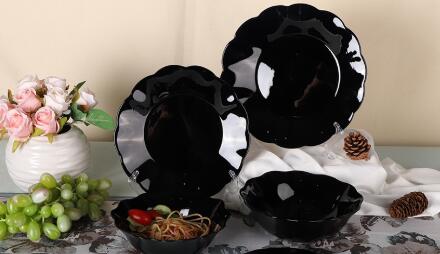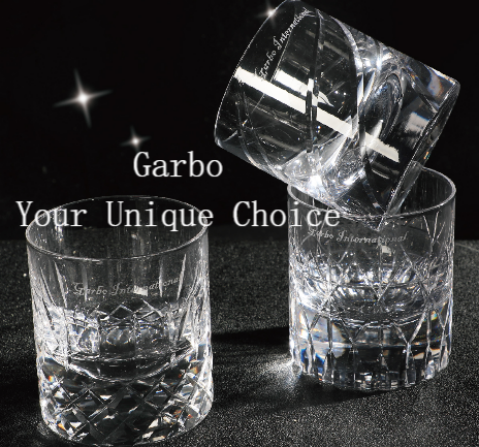The top 6 difference of Underglaze and glaze
Pulished on Aug. 03, 2019
When buying ceramic products, we usually are asked what kind of glaze wee need, underglaze or glaze? But most of us are not know about the difference.
Here is a brief introduction about it, hope can help to distinguish whether it is glaze or underglaze.
(1) Different generations:
Underglaze: The earliest prototype can be traced back to the Song Dynasty and continues today.
Glazed color: It was created on the basis of the blue-and-white painting of the underglaze in the Ming Dynasty.
Based on the above, in terms of time, the age of underglaze is much older. From the perspective of inheritance, it can be said that the glaze originates from underglaze.
(2) The production process is different and the process is different:
Underglaze color: after the white body or the baked white body, the color material would be decorated with color paint and then glazed, and final kiln burned, the glaze color and the painted pattern would be are formed by once fired, and the color material will be fully penetrated in products.
Glaze color: After the products are first burned into white porcelain, the workers will decorate the porcelain with color paint, and then burned with the kiln. By the way, the painted pattern and the glaze are burned separately.
(3) The temperature sequence of firing is different:
Underglaze color: directly draw the lines on the mug body, and then use the color material to finish it. Burn it through the kiln fire of about 1200°C-1300°C; if it is painted on the white body, then the mud body need to be first fired at 800° C into white body, and after finished painting on white, the glaze is finished, and then fired at a kiln fire of about 1200 ° C to 1300 ° C.
Glaze color: first use 1200℃ to 1300℃ kiln fire into white porcelain blank, painted with color paint decoration, and then use 800℃ for the second kiln firing.
(4) Different appearances:
Underglaze color: first step, use the colored materials for painting decoration, and then do glaze on the painting. Glaze is in the most surface layer. In this case, underglaze porcelain is safe for daily use, such as cups, bowls, plates.
Glaze color: as it is painted on the glaze surface, there are hundreds of colors can be paint and the patterns are vivid. But because the color does not fuse with the glaze, the painted patterns is highlight, not as smooth as glaze color.
(5) Classification is different:
Underglaze color: mainly composed of blue and white, glazed red and underglaze.
Glaze color: mainly includes antique colors, pastels, new colors and so on.
(6) Different color materials:
Underglaze color: The color material is fired at a high temperature, and there is a big change of the color material before and after firing, and the color material can withstand high temperature, so the color change is extremely difficult to grasp.
Glaze color: The color material is fired at a low temperature of 650 ° C - 800 ° C. Due to the low temperature, many pigments can withstand such temperatures, so the color of the burnt color does not change much.









